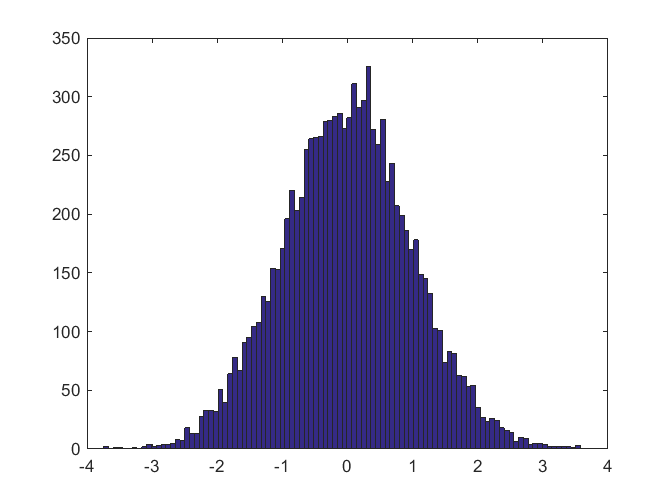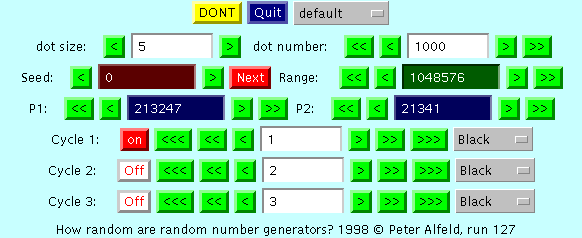

Recursive coroutines Algorithms 7.2.1.1R and 7.2.1.1D, which (August 2001) CO-DEBRUIJN A quick-and-dirty implementation of the TOPSWOPS-FWD Two ways to find the longest plays of John Conway's "topswops" game

MetaPost source file li-ruskey.mp SPIDERS A further improvement to the previous two (December 2001), Program (June 2001) also a PostScript illustration In the corrections to pages 235-394 that appear on that webpage ROST Monte Carlo confirmation of exercise 5.1.4-40 (October 1998) RAN-PRIM Monte Carlo exploration of exercise 5.3.4-40 (October 1998) STRONGCHAIN finds shortest strong addition chains, also called Lucas chains orĬhebyshev chains (August 2000) KODA-RUSKEY A fascinating generalized reflected Gray-code generator (new version, June 2001) LI-RUSKEY An even more fascinating, massive generalization of the previous Of my Fun and Games book, and errata can be POLYENUM ADVENT The original Crowther/Woods Adventure game, Version 1.0, translated into CWEB form (version of 21 January 2022) this program was published as Chapter 27 Improvements and the probable value of t(48) also a MetaPost sourceįile polyomino.mp to make an illustrationįor the documentation of both POLYNUM and a now-obsolete program Notes from Jensen about potential further POLYSLAVE-RESTART for long runs Enumerates polyominoes with Iwan Jensen's algorithm, thousands of timesįaster than previous approaches (but is a memory hog) also Want to compare to the more traditional algorithm of

GDANCE-CUTOFF Experimental extensions of the Dancing Links algorithm (November 2000) HAMDANCE A dancing-link-based program for Hamiltonian circuits (May 2001, slightly revised March 2010), QUEENS Generates examples for paper P159 on dancing links (July 1999) and another,Ĭhange file for Monte Carlo estimates (corrected 25 Jan 07) GDANCE, (June 1998) TOGPAP Generates examples of halftones for paper P116 on dot diffusion (June 1998) DANCE, Lib-128 (June 1998) DOT-DIFF Preprocessor for halftones by dot diffusion also an example input file Of multiset permutations (August 2003) FOG2MF Rudimentary conversion from Fontographer to METAFONT (August 1996) LAGFIB Calculator of weights related to the random number generator below (July 1997) GARSIA-WACHS Simple implementation of Algorithm 6.2.2G (January 1998, revised September 2004) HALFTONE Preprocessor for typeset halftones also example input files Stars) Packs golden triangles into decagons, stars, pentagons, etc.Ĭhange file for ANTISLIDE Finds solutions to Strijbos's antisliding block puzzle (November 1994) ANTISLIDE3 Improved version of ANTISLIDE, finds all nonisomorphic solutions (December 1996) SETSET Enumerates nonisomorphic unplayable hands in the game of SET® (February 2001) SETSET-ALL Improvement of SETSET-fifty times faster-when a huge automorphism group is considered (March 2001) SETSET-RANDOM Simple Monte Carlo routine to validate the previous two programs (March 2001) SLIDING Finds solutions to sliding block puzzles (November 2001 revised January 2009 and September 2020) STRAIGHTEN Computes irreducible matrix representations of permutations (August 2003) DOMINATION Computes the covering relation for an interesting partial ordering Uniform input distribution TCALC Interactively calculates with humungous numbers (December 1994) DECAGON also a
#OLD RANDOM NUMBER GENERATOR ALGORITHM PLUS#
HWTIME Brief demonstration of CWEB: "Hello, world" plus time (October 1992) SHAM Enumerates symmetrical Hamiltonian cycles (December 1992) OBDD Enumerates perfect matchings of bipartite graphs (May 1996) REFLECT also aĬhange file for REFLECT Enumerates equivalence classes of reflection networks, aka CC systems Note: Many of my programs, including the first two samples, use Requested by members of the Academy of Recreational Mathematicians The fifth was used in one of my otherwise unpublished lectures in theĬomputer Musings series. The fourth was used to compute some of the tables in Knight's tours are unchanged by 180-degree rotation of the chessboard.

The next two show (by quite different methods) that exactly 2,432,932 That I once gave at Frys Electronics in Sunnyvale. The first one was used as a handout for a lecture on literate programming If there is sufficient interest, I'll make a large subset


 0 kommentar(er)
0 kommentar(er)
